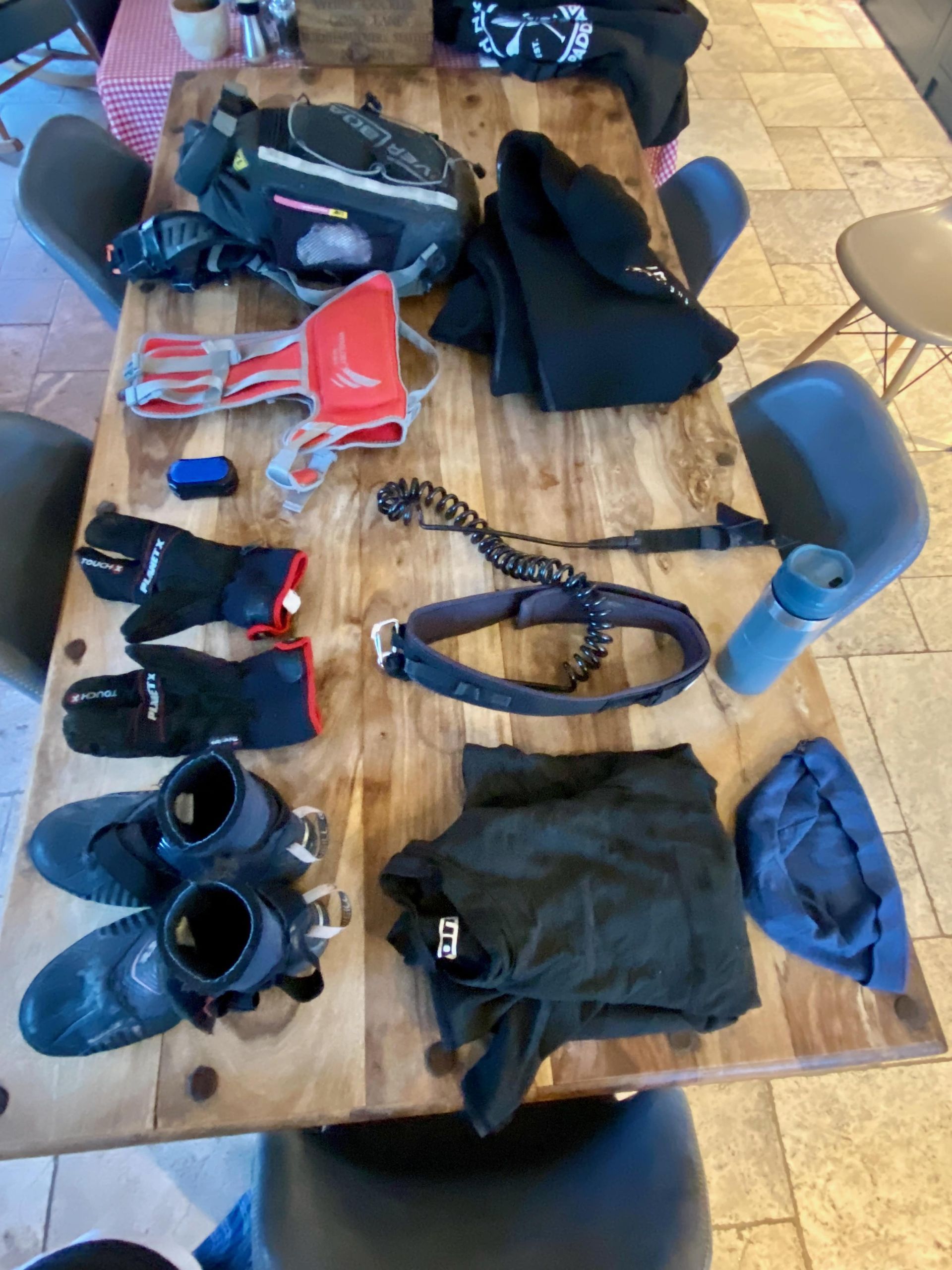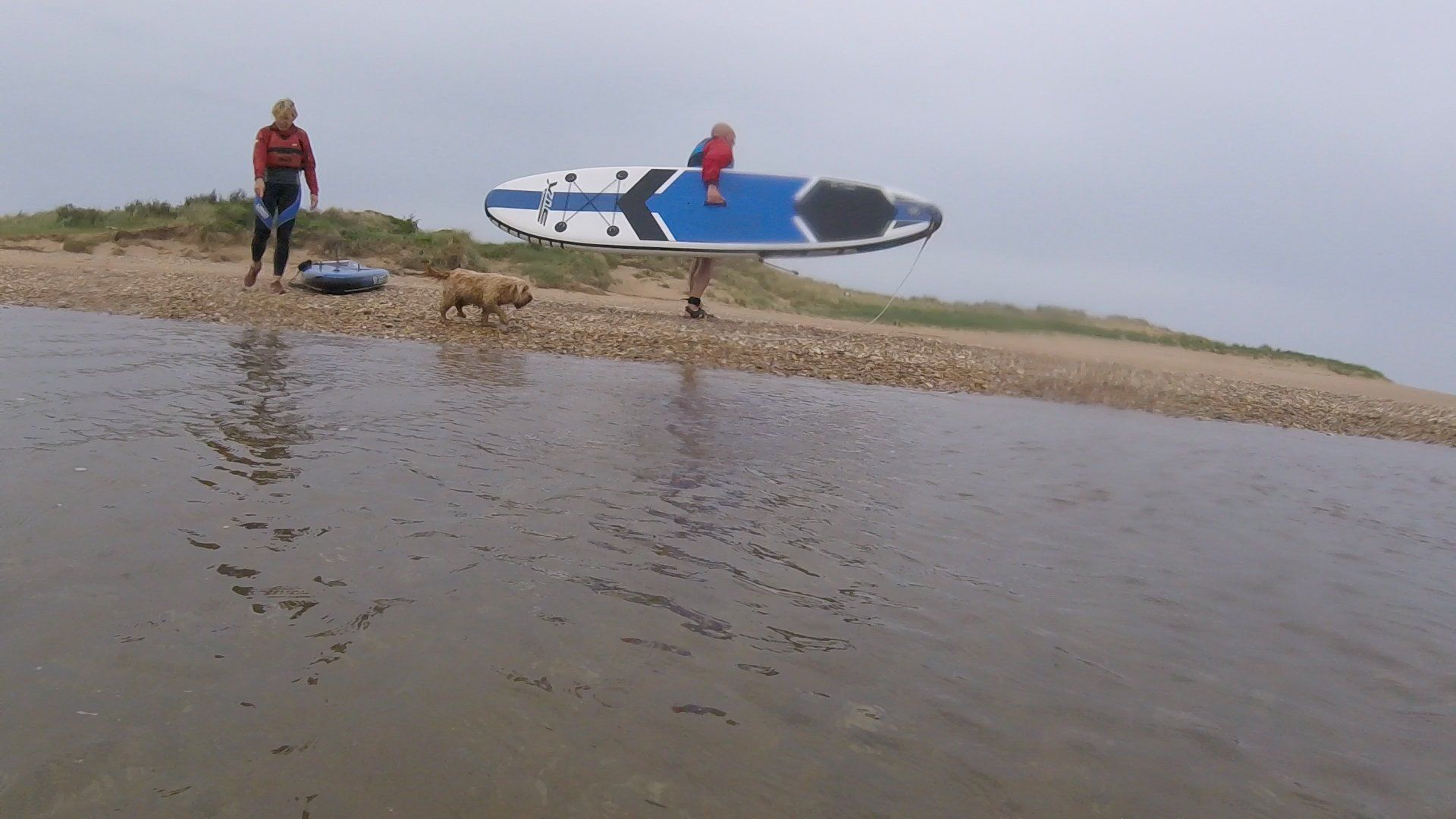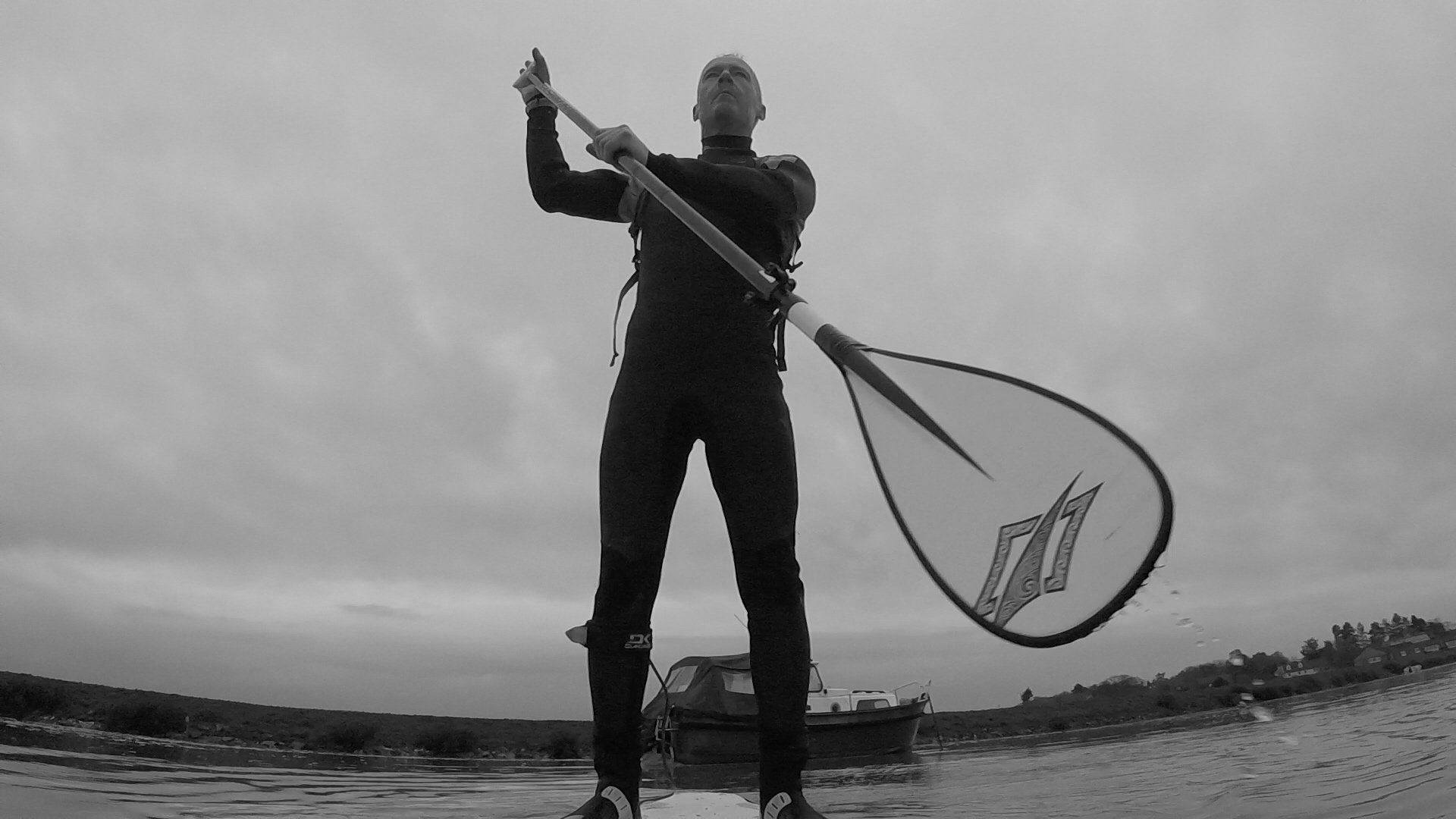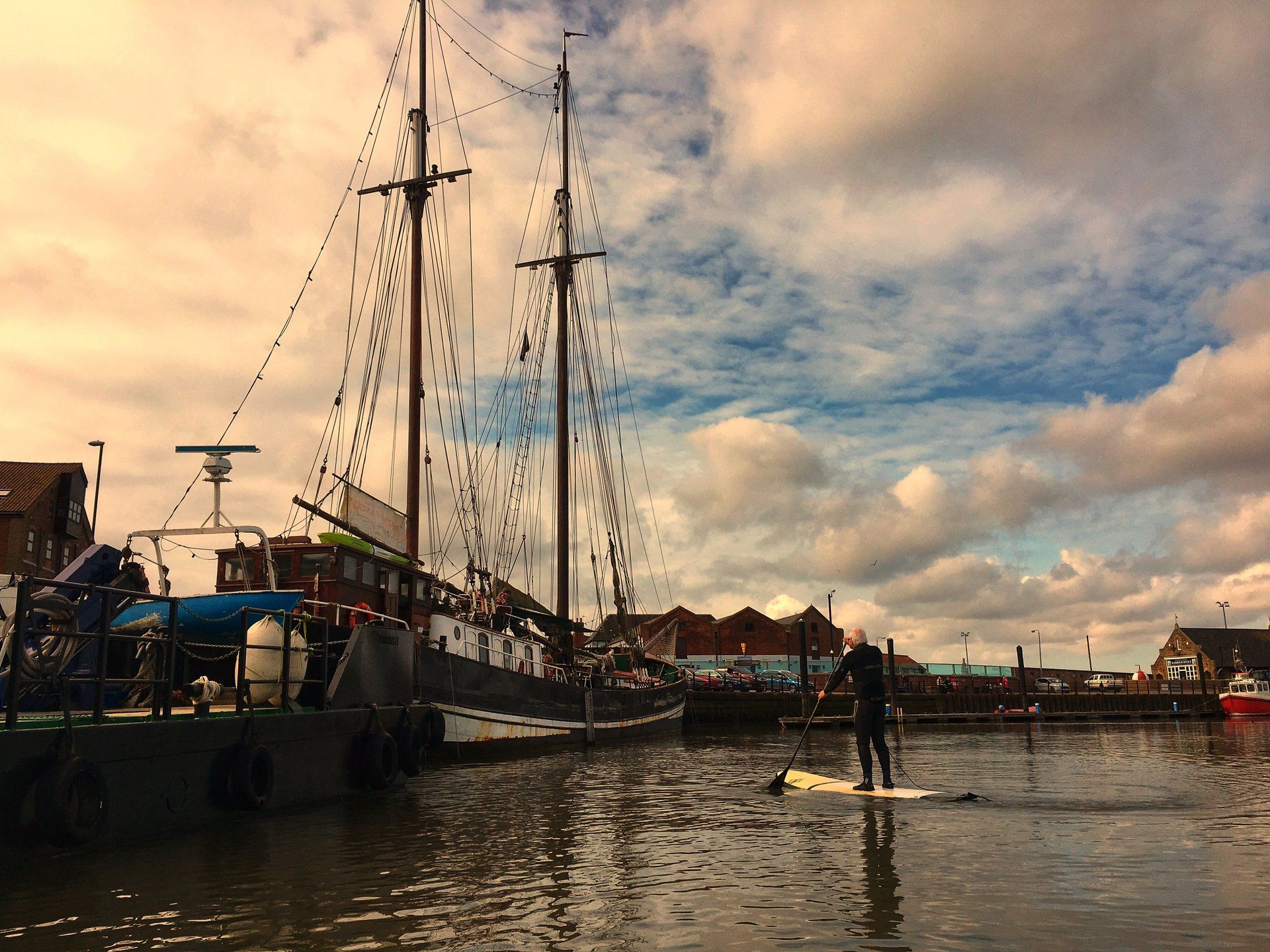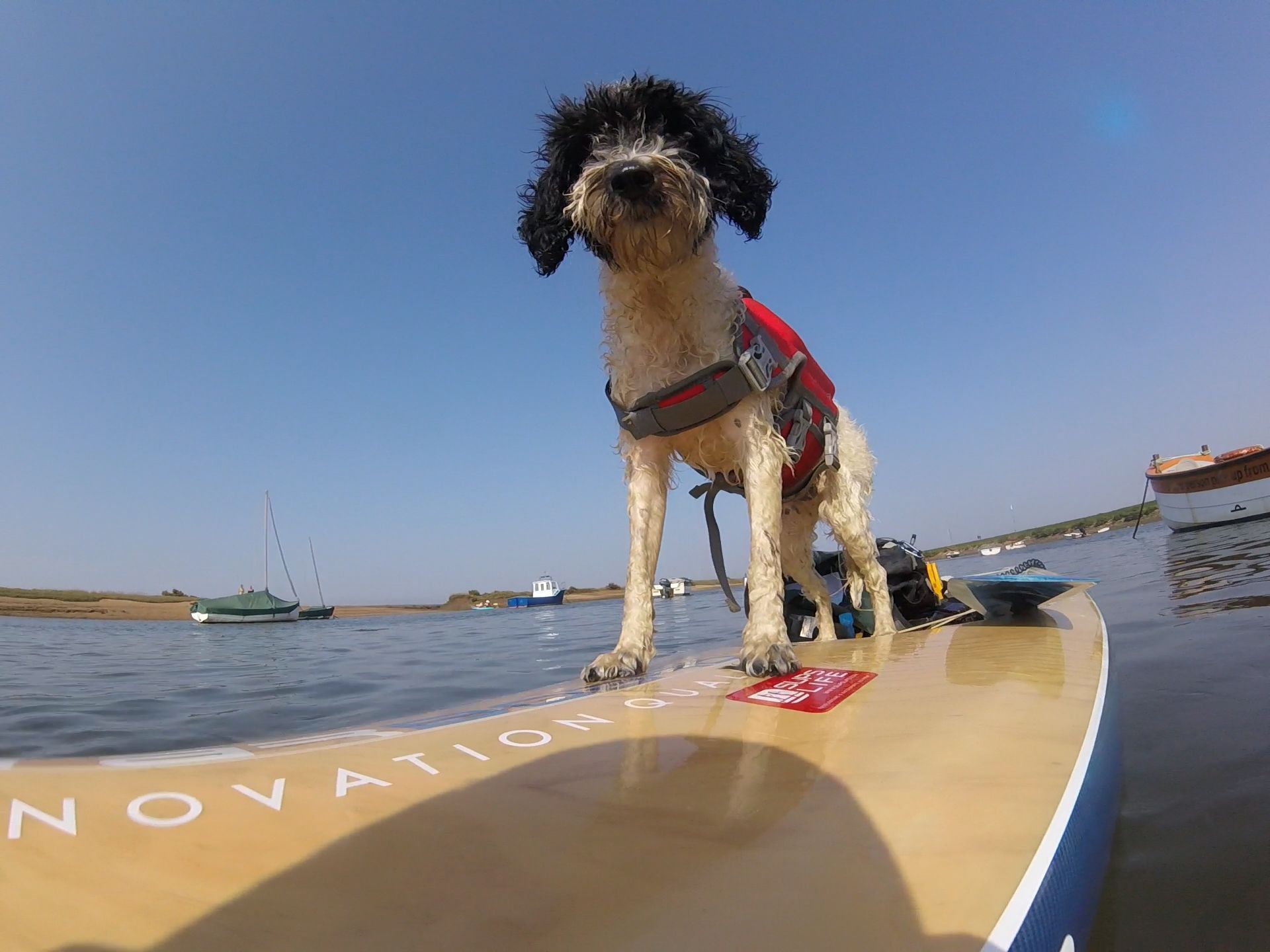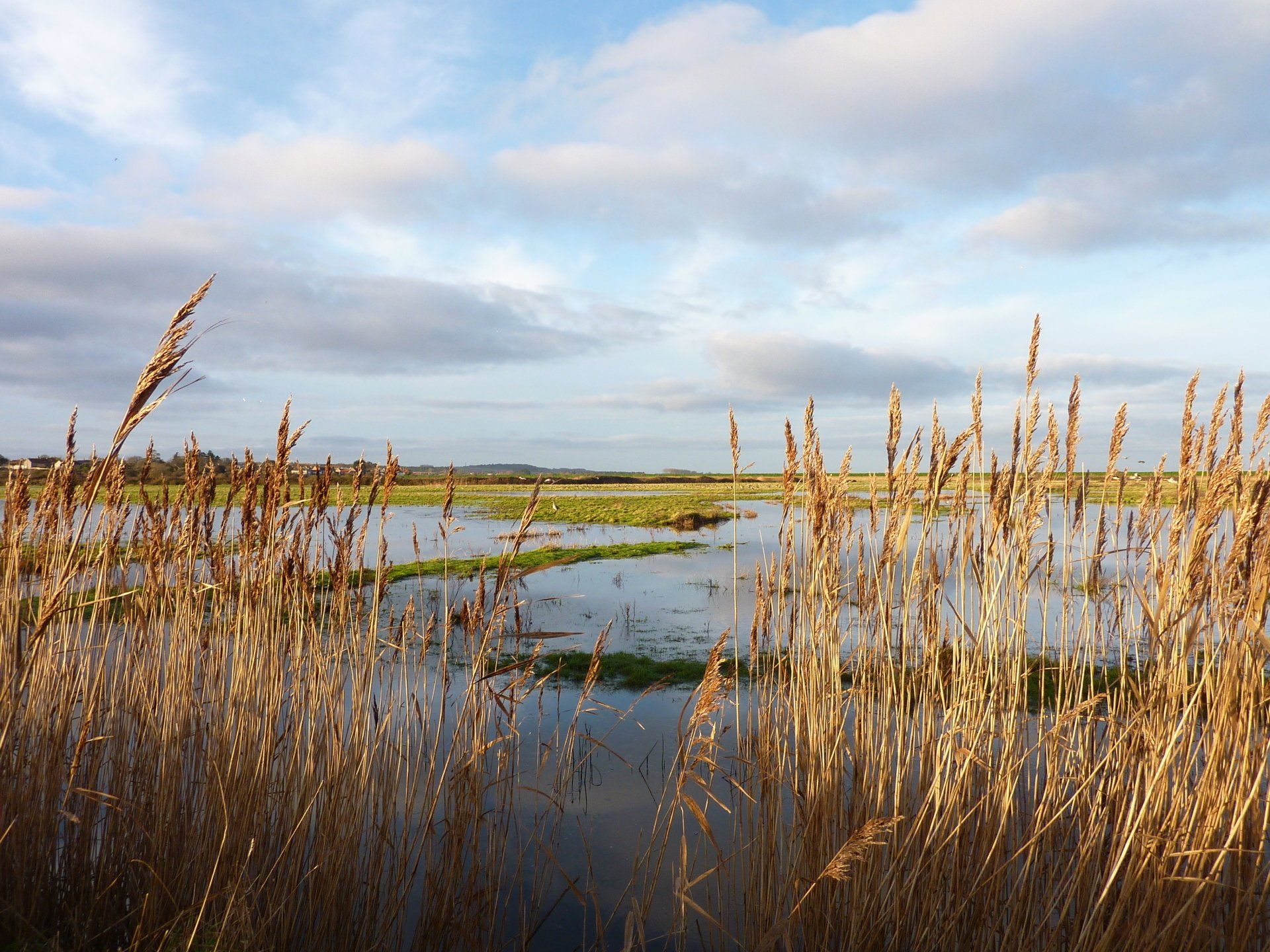Exploring the Ebb and Flow: A Deep Dive into How Tides Work
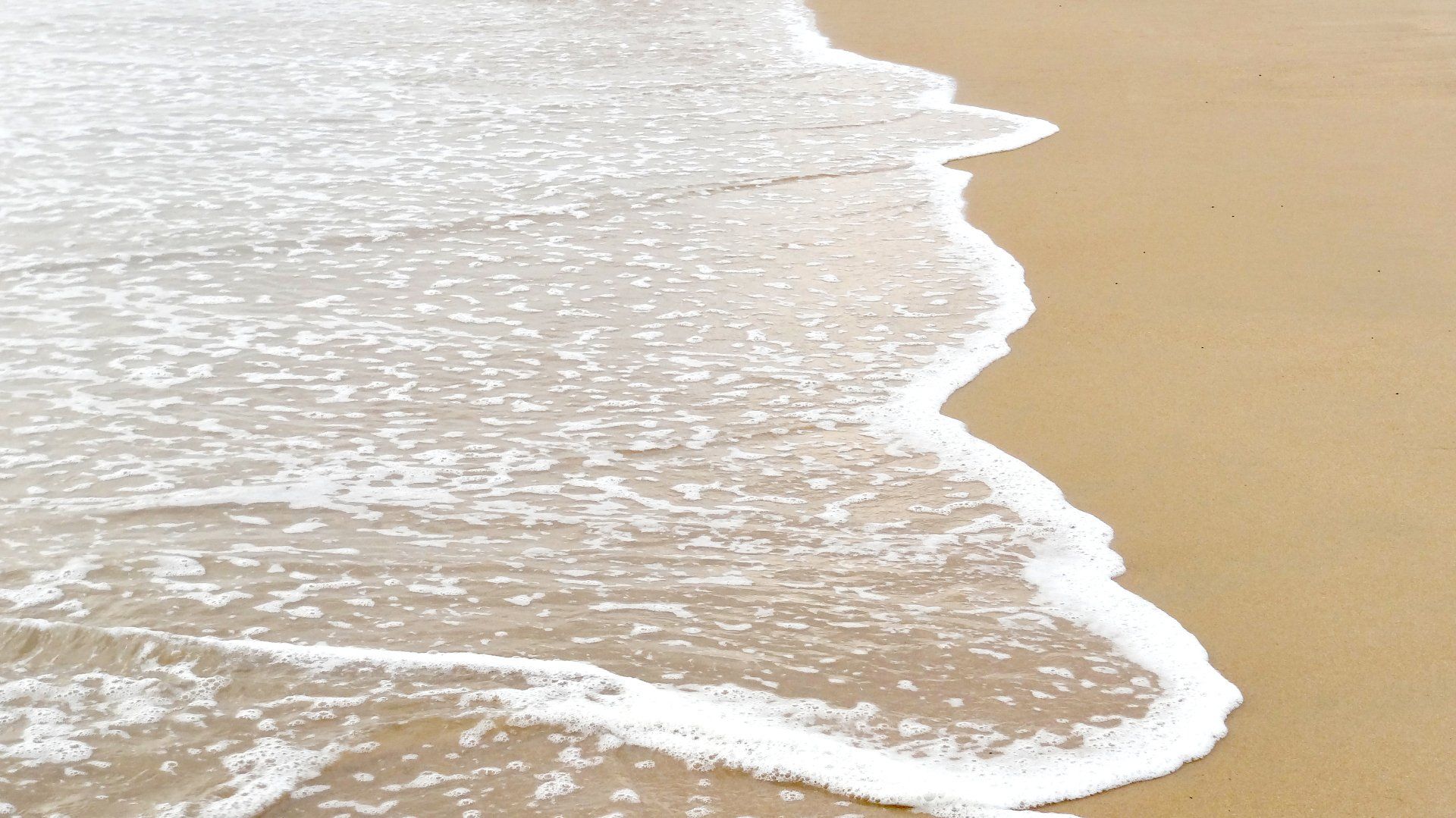
Tides are one of the most captivating phenomena on Earth, with their rhythmic rise and fall shaping coastlines and influencing marine ecosystems around the globe. While many of us are familiar with the basic concept of tides—how the ocean water appears to move in and out—understanding the intricate mechanisms behind this natural spectacle unveils a fascinating tale of celestial dance and gravitational pull. In this exploration, we'll embark on a journey to unravel the mysteries of tides, delving into the scientific principles that govern their behavior and their profound impact on our planet.
The Gravitational Ballet:
At the heart of tidal dynamics lies the gravitational interplay between the Earth, the Moon, and the Sun. The Moon, Earth's faithful companion, exerts a gravitational force that tugs at our planet's oceans, creating the primary tidal bulges. This gravitational attraction is strongest on the side of Earth closest to the Moon, causing water to accumulate and form what we perceive as a high tide. Simultaneously, on the opposite side of the planet, another high tide occurs due to the centrifugal force resulting from Earth's rotation.
As Earth completes its daily rotation, each coastal region experiences two high tides and two low tides, approximately 12 hours and 25 minutes apart—a phenomenon known as the semidiurnal tide pattern. The combined gravitational effects of the Moon and the Sun contribute to this rhythmic rise and fall of ocean waters, with the Sun's influence, though lesser than the Moon's, accentuating or moderating tidal heights depending on their alignment.
The Lunar Influence:
The Moon's position relative to Earth plays a pivotal role in shaping tidal patterns. During a full moon or a new moon—when the Sun, Earth, and Moon align, forming a straight line known as syzygy—tidal forces are at their strongest, giving rise to higher high tides and lower low tides, a phenomenon aptly termed spring tides. Conversely, during the first and third quarters of the lunar cycle, when the Sun and Moon form a right angle relative to Earth, the misalignment diminishes the gravitational pull, resulting in more moderate tides known as neap tides.
It's important to note that the Moon's orbit around Earth isn't a perfect circle but rather an ellipse, causing variations in its distance from our planet. When the Moon is closest to Earth (at perigee), its gravitational pull intensifies, amplifying the tidal bulges and leading to higher high tides and lower low tides—a phenomenon colloquially referred to as perigean spring tides. Conversely, when the Moon is farthest from Earth (at apogee), the tidal range diminishes, resulting in less dramatic tides.
The Solar Influence:
While the Moon holds sway over the majority of tidal activity, the Sun also contributes to the ebb and flow of ocean waters, albeit to a lesser extent due to its greater distance from Earth. During the alignment of the Sun, Earth, and Moon—either at new moon or full moon—the gravitational forces of the Sun and the Moon reinforce each other, culminating in the spring tides previously discussed.
However, the Sun's influence doesn't end there. Its gravitational pull contributes to what is known as solar tides, which are about half as strong as lunar tides. Although these solar tides may seem negligible compared to their lunar counterparts, they nonetheless influence tidal patterns, particularly during the equinoxes when the Sun crosses the celestial equator, aligning with Earth's equatorial plane and accentuating tidal ranges.
Local Factors and Tidal Amplification:
While the gravitational dance between celestial bodies serves as the overarching mechanism behind tides, numerous local factors can modulate tidal behavior, leading to significant variations in tidal ranges from one location to another. The shape of coastlines, the depth and topography of ocean basins, and the presence of barriers such as islands and peninsulas all contribute to tidal amplification or attenuation.
In narrow channels and estuaries, tidal currents accelerate as water is forced to funnel through constrained passages, resulting in heightened tidal ranges—a phenomenon known as tidal amplification. Conversely, in expansive bays and shallow coastal regions, tidal energy dissipates more gradually, leading to milder tidal fluctuations. This amplification effect is particularly pronounced in regions with funnel-shaped coastlines, such as the Bay of Fundy in Canada, where tidal ranges can exceed 50 feet (15 meters).
Human Impact and Adaptation:
The rhythmic pulse of tides has not only shaped natural landscapes but also profoundly influenced human civilizations throughout history. Coastal communities have long relied on tides for fishing, transportation, and trade, with tidal mills harnessing the power of ebbing and flowing waters to grind grains and generate mechanical energy.
However, as sea levels rise due to climate change, the impact of tides extends beyond mere fascination to a pressing concern for coastal resilience and adaptation. Rising sea levels exacerbate the risk of coastal flooding during storm surges, threatening infrastructure, habitats, and livelihoods. Understanding tidal dynamics and their interaction with sea-level rise is essential for informed coastal management and the development of sustainable adaptation strategies.
Conclusion:
Tides stand as a testament to the intricate interplay of celestial mechanics and terrestrial forces, shaping coastlines, ecosystems, and human societies with their rhythmic ebb and flow. From the gravitational ballet of the Moon and the Sun to the local nuances that amplify or attenuate tidal ranges, the dynamics of tides offer a window into the complex workings of our planet's hydrosphere.
As we continue to study and marvel at the phenomenon of tides, let us also recognize the imperative of stewardship in safeguarding our coastal environments and communities against the challenges posed by a changing climate. In embracing our understanding of tides, we not only unlock the secrets of the seas but also reaffirm our interconnectedness with the vast and dynamic forces that shape our world.
